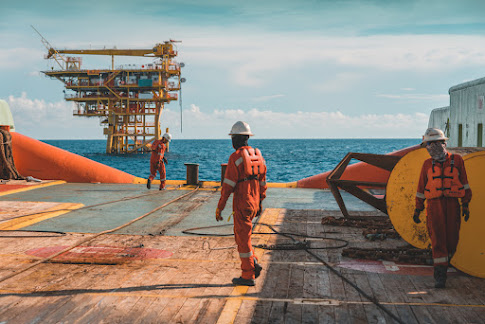Covid-19 :Telemedicine and Seafarers Health

Coronavirus is a member of a large virus family that causes pulmonary pathologies ranging from the common cold to severe respiratory syndromes like the Middle East respiratory syndrome (MERS) and severe acute respiratory syndrome (SARS) (SARS). SARS-CoV-2, also known as the novel coronavirus, was discovered in Wuhan, China. There were 5,934,936 cases reported worldwide until May 31, 2020, with 367,166 deaths. Despite the apparent decrease in COVID-19 cases, the lack of a treatment or vaccine for this deadly and highly transmissible virus means that this medical emergency remains a global concern. COVID-19 is far more difficult to treat on board a ship than it is ashore. Ships at sea are an example of isolated communities, and the fact that most cargo ships do not have doctors or properly trained paramedics makes intervention more difficult. For seafarers, the COVID-19 pandemic is a serious issue. From the perspective of an organization, seafarers have significant difficulties joini
